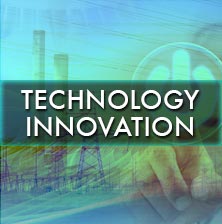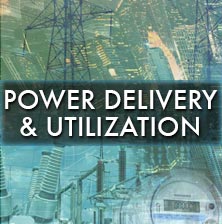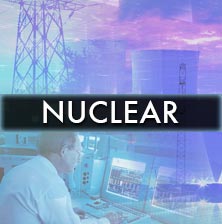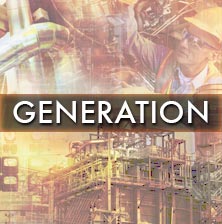The following is a small selection of items recently published by EPRI. To view complete lists of your company-funded research reports, updates, software, training announcements, and other program deliverables, log in at www.epri.com and go to Program Cockpits.

This report discusses the current state of underwater inspection and maintenance for hydroelectric facilities and investigates tools and techniques from other industries (such as remotely operated vehicles) for potential use in the electric power industry.

This EPRI–Sandia National Laboratories report provides an overview of operations and maintenance (O&M) budgeting for utility-scale solar photovoltaic projects, including current activities, costs, and opportunities for improvement. It draws on interviews and surveys with electric utilities, independent power producers, O&M service providers, turnkey solar companies, insurance and banking firms, and other industry stakeholders.

This technology assessment of the liquid-fluoride thorium nuclear reactor includes design description, preliminary analysis of process hazards, and determination of technology readiness for key systems and components. This molten salt reactor design is a significant departure from today’s dominant commercial light water reactor technology.

This report describes a range of effective weld repair methods for nuclear plants and provides guidance on selecting the appropriate method for various situations.

This study assesses the performance and costs of ultra-supercritical pulverized-coal power plants with partial CO₂ capture designed to meet the U.S. Environmental Protection Agency's initial CO₂ emissions limit of 1,100 pounds per megawatt-hour.

This report, part of series on developing grid security, investigates the ability of the International Electrotechnical Commission (IEC) standard “Security through network and system management” (IEC 62351-7) to detect and mitigate cyber security threats. It also includes feedback to help make the standard more robust.

Increasing renewable generation has forced combined-cycle and simple-cycle fossil plants to start more frequently, operate over a greater load range, and provide load-balancing. This report updates a 2014 report with two additional plant case studies on flexible operation strategies and technologies.

This technical brief summarizes proposed permitting under the Migratory Bird Treaty Act; identifies research gaps related to transmission, distribution, and wind energy construction and operations; and summarizes resources to help the electric power industry identify cost-effective mitigation and compliance with the Act.

This report details EPRI work to design and test an algorithm for optimization of Volt/VAR&mdasha smart inverter function that allows distributed energy resources to help maintain acceptable voltage along a feeder under various grid operating conditions. It can monitor and control smart inverter–connected distributed energy resources.

This report discusses the current status and outlook for building integrated photovoltaics, including technologies, applications, case studies, market drivers and obstacles, price data, and profiles of 25 companies in the space.

This study investigates the feasibility of building a tool to simulate the many components of a continental grid, including high-voltage hardware, information technology, and software. The goal is a seamless energy management system that can be used for grid planning and operations.

Commercially available acid gas removal systems can capture CO₂ from the gas stream of coal-fired power plants, but they are designed for baseload operations. This report assesses an improvement in the system design that could result in more operating flexibility. The results are a first successful step to develop a rapid response CO₂ absorber for flexible integrated gasification combined cycle plants.